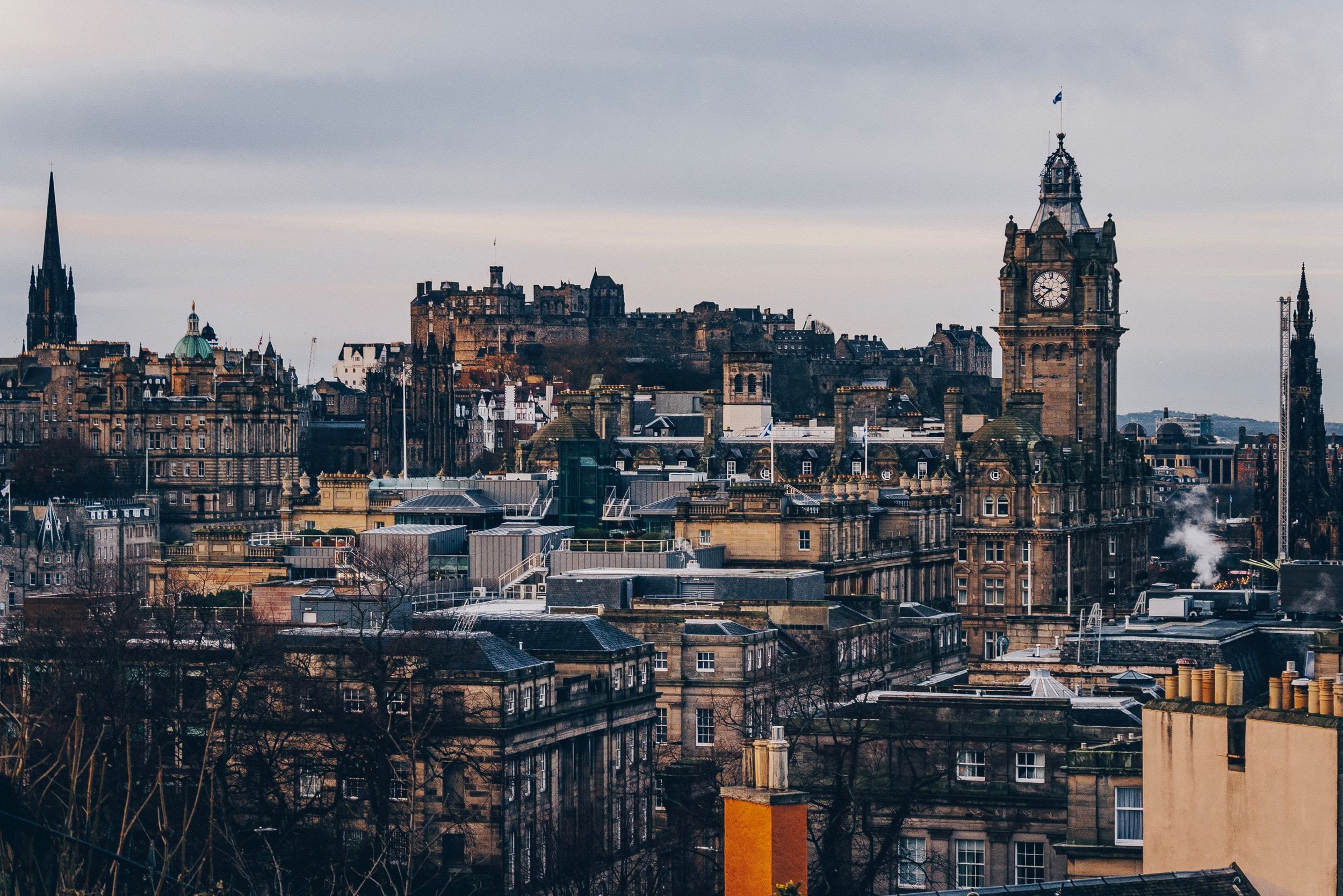TOURS ITINERARY
This is a generic blog article you can use for adding blog content / subjects on your website.
You can edit all of this text and replace it with anything you have to say on your blog. You can also change the title listed above and add new blog articles as well.
Edit your Blog articles from the Pages tab by clicking the edit button. This is a generic blog article you can use for adding blog content / subjects on your website.
You can edit all of this text and replace it with anything you have to say on your blog. You can also change the title listed above and add new blog articles as well.
Edit your Blog articles from the Pages tab by clicking the edit button.
Whisky Tours 2024 - Inspired Travel

Visited places
Glasgow
Glasgow is the largest Scottish city, fourth in the United Kingdom, the Scottish economic capital and, most of all, preserves some of the richest historic heritage in the country.The city is crossed by the Clyde River, around which the Roman general Gneus Julius Agricola - who played the main role during the Roman conquest of Britain - led the construction of some fortresses in 80 AD. Remains of those can still be seen in modern Glasgow. As the legend goes, hundreds of years later, the Christian missionary Saint Mungo founded the city and built a small wooden church close to Molendinar Burn, which centuries later will turn into the splendid Glasgow Cathedral.Formally a major industrial and commercial centre, modern Glasgow is a flourishing centre for arts and culture. Over the past couple of decades, it has been named City of Culture, Capital of Sport, UNESCO City of Music and City of Architecture and Design. The latter is, perhaps, partly due to the abundance of unique buildings designed by legendary Scottish architect Charles Rennie Mackintosh that dot the city.

Loch Lomond
The largest inland stretch of water in Britain, Loch Lomond is one of the most popular destinations in Scotland. The loch, which famously features in the song ‘The Bonnie Banks o’ Loch Lomond’, extends north for 24 miles from Balloch, popularly known as an access point to the Highlands. The Highland Boundary Fault traverses the loch from east to west, from Conic Hill to Ben Bowie. The geological line provides a distinctive contrast of scenery from the Lowlands in the south to the Highlands in the north. There are many places to stop for a walk or picnic with beautiful loch and mountain views. Highly recommended is a short but scenically rewarding hike to the top of Conic Hill from Balmaha, as well as the Balmaha Millennium Forest Path and Sallochy Forest Trails. The North Loch Lomond area is characterised by a vast and open sense of place and long dramatic vistas. The forests and woodlands along the loch shores contrast with the surrounding uplands to create a landscape of high scenic value. The upland hills surrounding Loch Loch Lomond, which include Ben Lomond and Ben Vorlich, provide a dramatic backdrop to the loch. They are largely undeveloped and have an open and wild sense of place.

Inveraray
Overlooking the still waters of Loch Fyne, Inveraray is a traditional county town of Argyll.
Established in 1745 by the 3rd Duke of Argyll, head of the powerful Clan Campbell, the town is an absolute set piece of Scottish Georgian architecture. Key buildings that are worth visiting include the neoclassical church, and Inveraray Jail and courthouse, now an award-winning museum that graphically recounts prison conditions from medieval times up until the 19th century.
A short walk north of the New Town, the neo-Gothic Inveraray Castle remains the family home of the Dukes of Argyll. The castle is set in extensive grounds which contain a number of marked walks, the most strenuous of which rises over 800 feet to the tower atop Dun Na Cuaiche from where there is a spectacular view over the castle, town and loch.

Kennacraig
Kennacraig (Scottish Gaelic: Ceann na Creige) is a hamlet situated on West Loch Tarbert, a few miles south of Tarbert on the Kintyre peninsula, Argyll and Bute, in the west of Scotland. It is also where the you can catch the ferry to Islay.

Port Ellen
Port Ellen is the second largest town on Islay after Bowmore. It is situated in a sheltered part of the island, offering views to the Oa Peninsula and to Kilnaughton Bay, named after the chapel ruins and burial ground at the end of the bay beside the road to the Oa peninsula. Every Thursday in the summer season from 4th May to 5th October, a handicraft market is held in Columba Hall in Frederick Crescent, next to the Co-op supermarket. Another prominent feature of Port Ellen is the new hotel on the corner of Charlotte Street and Frederick Crescent. This hotel has undergone a complete renovation and restoration to its former glory and re-opened in 2012. The Port Ellen Marina provides a safe, comfortable haven for yachtsmen passing through the Sound of Jura.
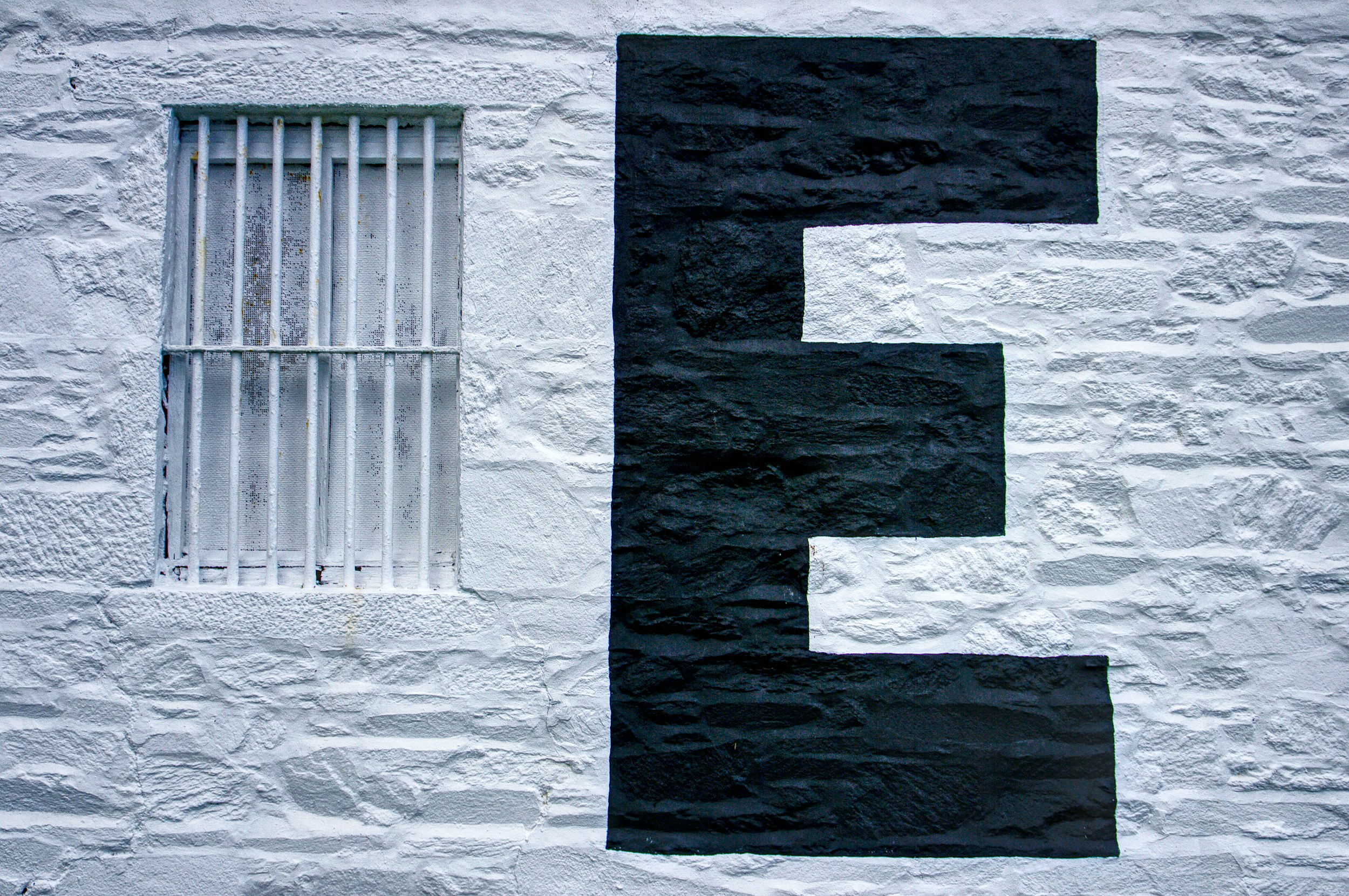
Bruichladdich
Bruichladdich village was built around the Bruichladdich Distillery which was founded in 1881 by brothers Robert William and John Gourlay Harvey. The distillery was so advanced that today most of the equipment continues to be used, largely unchanged.
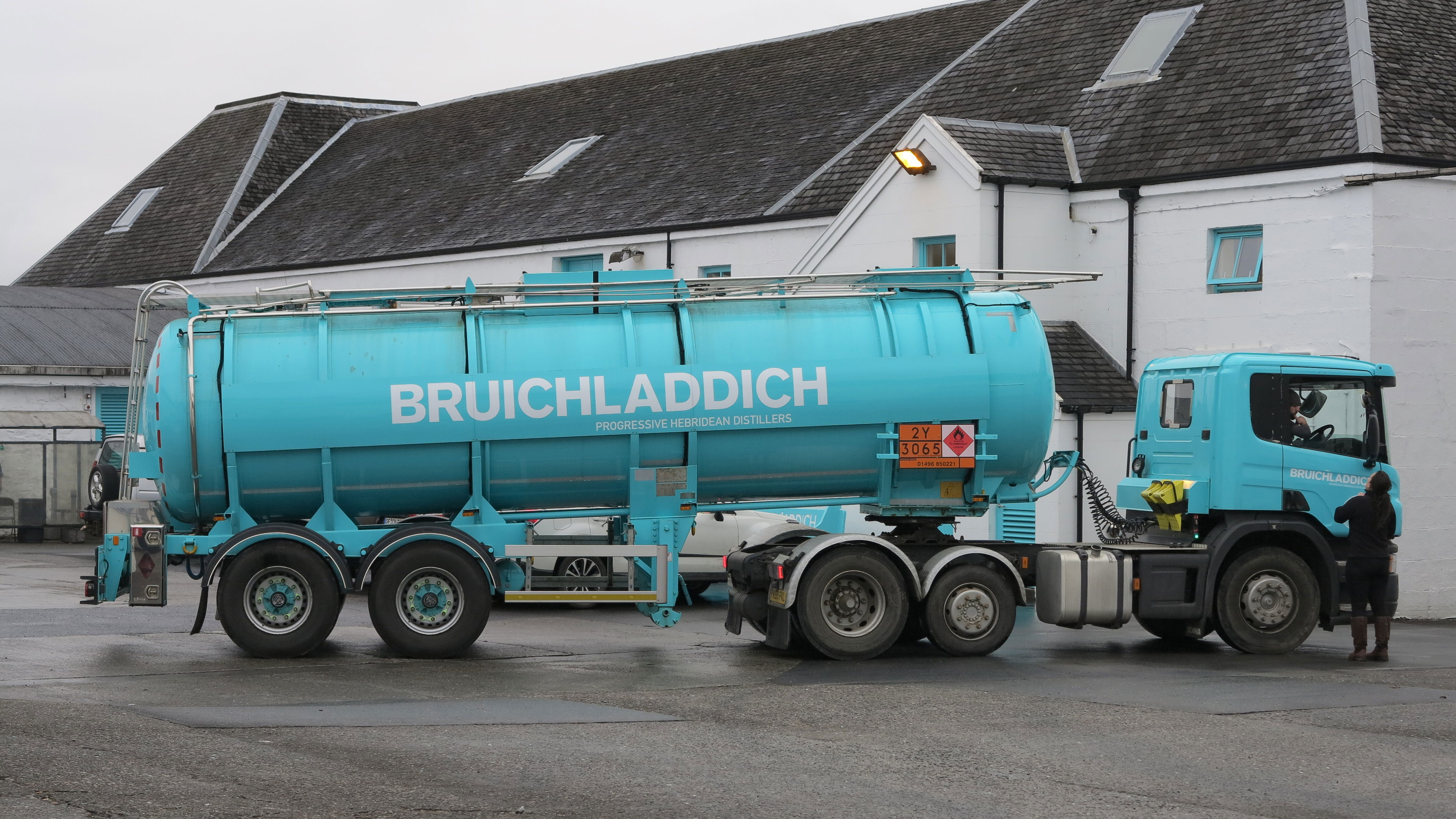
Port Askaig
Port Askaig, located on the shore of the Sound of Islay, is one of the smaller settlements on Islay containing no more than a few houses, a shop, petrol station, the RNLI Lifeboat station and lifeboat and Port Askaig Hotel. The Sound of Islay is the narrow sea passage between Islay and Jura, and the water flows at great speed, pushed in and out by the tides. Because of its sheltered position Port Askaig is sometimes used as an alternative ferry landing for Port Ellen when the weather is rough.

Oban
The name Oban derives from the Gaelic language and means 'little bay', but when it comes to having an unforgettable break, Oban is a place which is big on things to see and do. Nestled on the west coast and surrounded by miles of dramatic shores and beautiful countryside. From Oban you can take aday trip to one of the surrounding islands? You could pack three into one day and take a tour of Mull, Iona and Staffa. Or visit Kerrera, the closest island to Oban, and enjoy a pleasant stroll along the island's track roads and explore the ruins of Gylen Castle, one-time stronghold of the MacDougalls of Lorne.

Fort William
You might wonder where is Fort William? Located in Lochaber in the West Highlands, the town is often described as the 'Outdoor Capital of the UK' and is a popular base for week-end breaks and holidays.With Britain's highest mountain Ben Nevis, the surrounding area has some of the most stunning scenery in Britain. Experience the natural wonders and adventure of Lochaber. You could explore the wilds of Ardnamurchan, the dramatic landscapes of Glencoe or the romantic Road to The Isles. Enjoy the majestic glens, breathe the fresh mountain air and marvel at some of the most beautiful beaches in the world.

Dalwhinnie
Set amongst the dramatic mountain scenery in Badenoch, the small hamlet of Dalwhinnie is a good base for exploring the surrounding countryside.Dalwhinnie lies at the head of Loch Etricht and is surrounded by magnificent mountains. Ben Alder is nearby and makes for a great walking experience.Aviemore is a popular holiday resort is surrounded by lush Highland scenery in the north west corner of the majestic Cairngorms National Park. Towering mountains, sparkling lochs and dense forests surround this bustling town, making it a popular year-round destination for a huge range of summer and winter activities.Aviemore is an excellent base for exploring the wilderness of the Cairgorms National Park, covering the mountains, Glenmore, Rothiemurchus Forest and much more. This part of the Highlands is home to some of the most stunning scenery and wonderful wildlife such as eagles, capercaillies and ospreys, and a wide range of outdoor activities, from canoeing to skiing for all to enjoy.
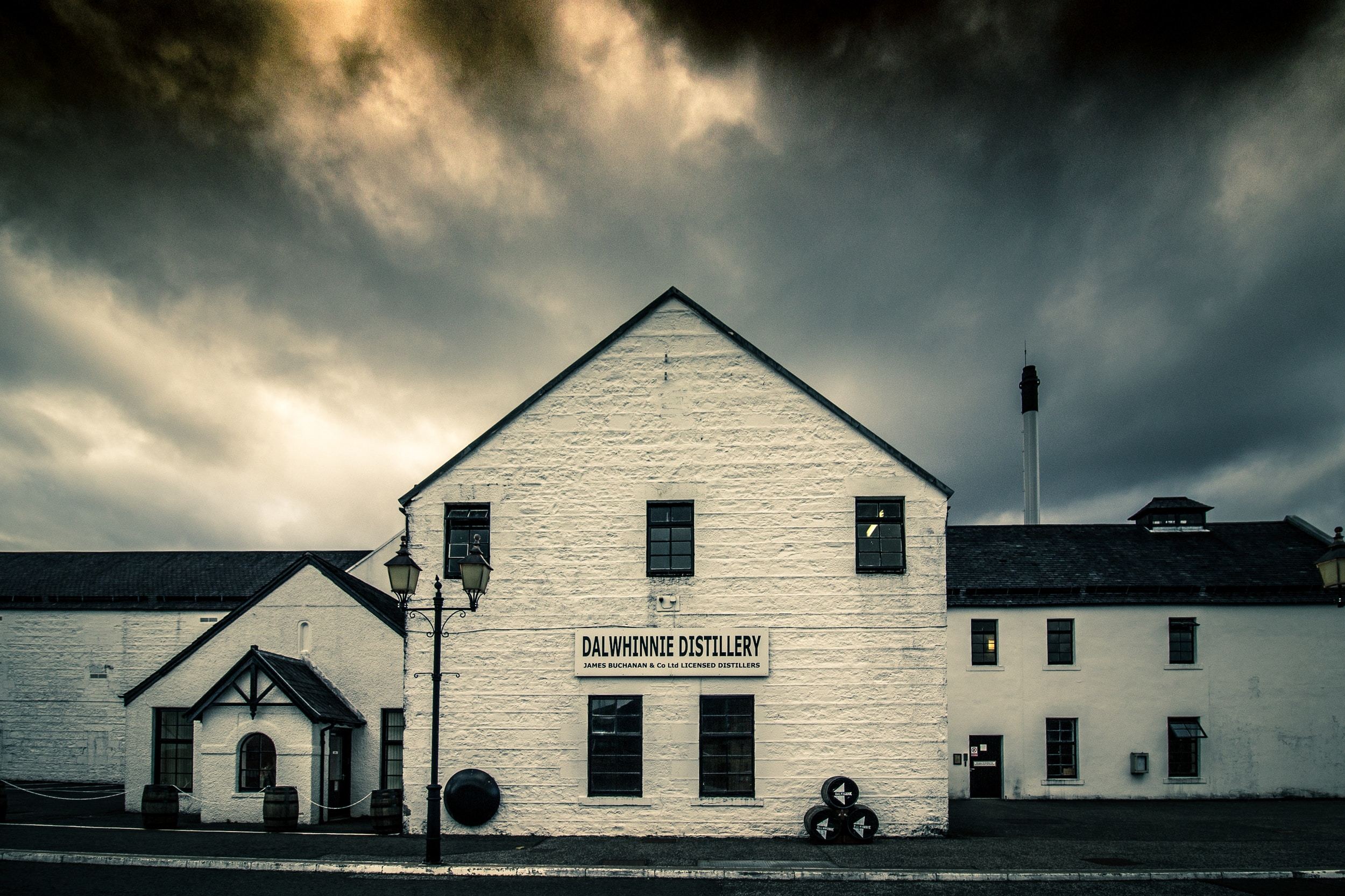
Ballindaloch
Ballindalloch is a small village on the River Spey in Scotland. It is known for its whisky distilleries and for Ballindalloch Castle. In Ballindalloch itself, there are two distilleries, Cragganmore distillery and Ballindalloch distillery. On the western edge of Ballindalloch is the Tormore distillery. The village is a great option for exploring the countryside. Get out and about and either walk, hike, cycle the many trails on offer. The Speyside Way runs through Ballindalloch. Both routes offer a moderate to hard walk, hike or cycle. Walk to Craigellachie where you will find the flatter option, it is around 12 miles long. Alternatively you can test yourself on what many people consider the hardest part of the route. It is only 1 mile longer at 13 miles but the gradients, rough and wet ground and the two streams need to be crossed to complete the route. Good shoes are advised for either route.For the full Scottish experience, play a round of golf at the Ballindalloch Golf Course. Alternatively, contact the Ballindalloch Highland Estate to arrange a fishing, shooting, or deer stalking excursion.

Aberlour
Aberlour is nestled on the banks of the River Spey. The town is surrounded by picturesque landscape and stunning architecture.Aberlour is home to Walker’s Shortbread. The biscuit company is a world-famous, family-owned and operated company. From its humble beginnings, in 1898, Walker’s is now the UK’s largest biscuit exporter, serving over forty countries.Traditional Victorian buildings, like the Dowans Hotel, Aberlour Distillery, and the Walker’s Shortbread Head Office itself nod to the town’s wonderful history.Aberlour is a small close-knit community with a population of around 1000 residents. Despite its relatively small size, the town offers a wide range of things to do and places to explore.
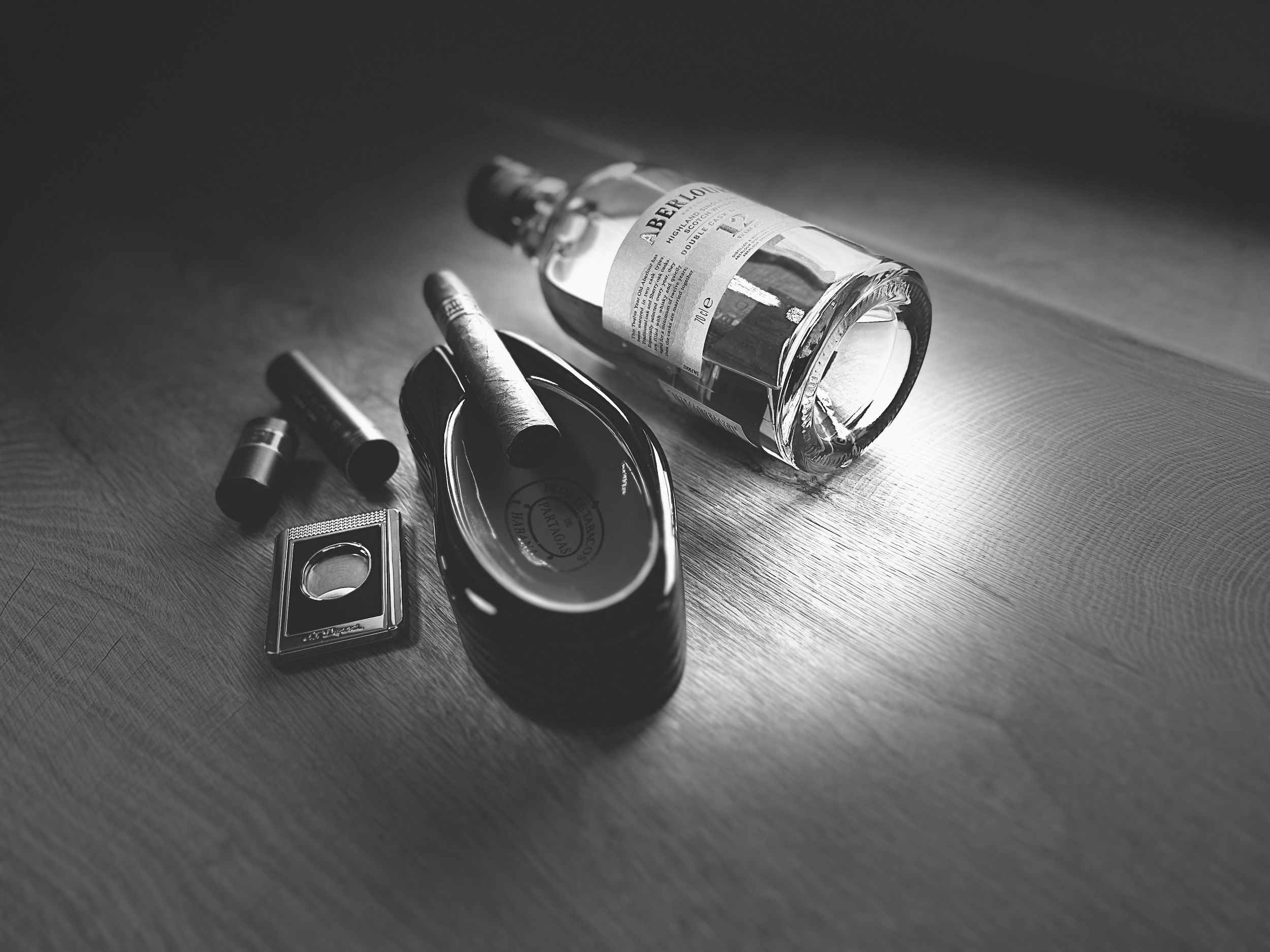
Elgin
Nestled in the world-famous whisky region, Elgin lies on the south coast of the Moray Firth roughly midway between Inverness and Aberdeen and straddles the River Lossie.The town offers many pleasant characteristics, breathtaking scenery and a number of local distilleries including Glen Moray, Gordon & MacPhail and Glen Elgin, most of which have open days for the public and whisky trails.On North College Street is the lovely ruin of Elgin Cathedral. Once considered Scotland's most beautiful cathedral, rivalling St Andrews in importance, today it is little more than a shell, though it does retain its original facade. Unusual features include the Pictish cross slab in the middle of the ruins and the cracked gravestones with their memento mori of skulls and crossbones.At the very top of High Street is one of Britain's oldest museums, the Elgin Museum, housed in this building since 1843.

Newburgh
Located on the south bank of the Firth of Tay, the royal burgh of Newburgh is an agricultural community that overlook the marshy Mugdrum Island. To the east lies the overgrown ruins of the ancient Lindores Abbey, arguably the birthplace of Scottish whisky. The abbey overlooks the famed salmon fishing waters of the River Tay.
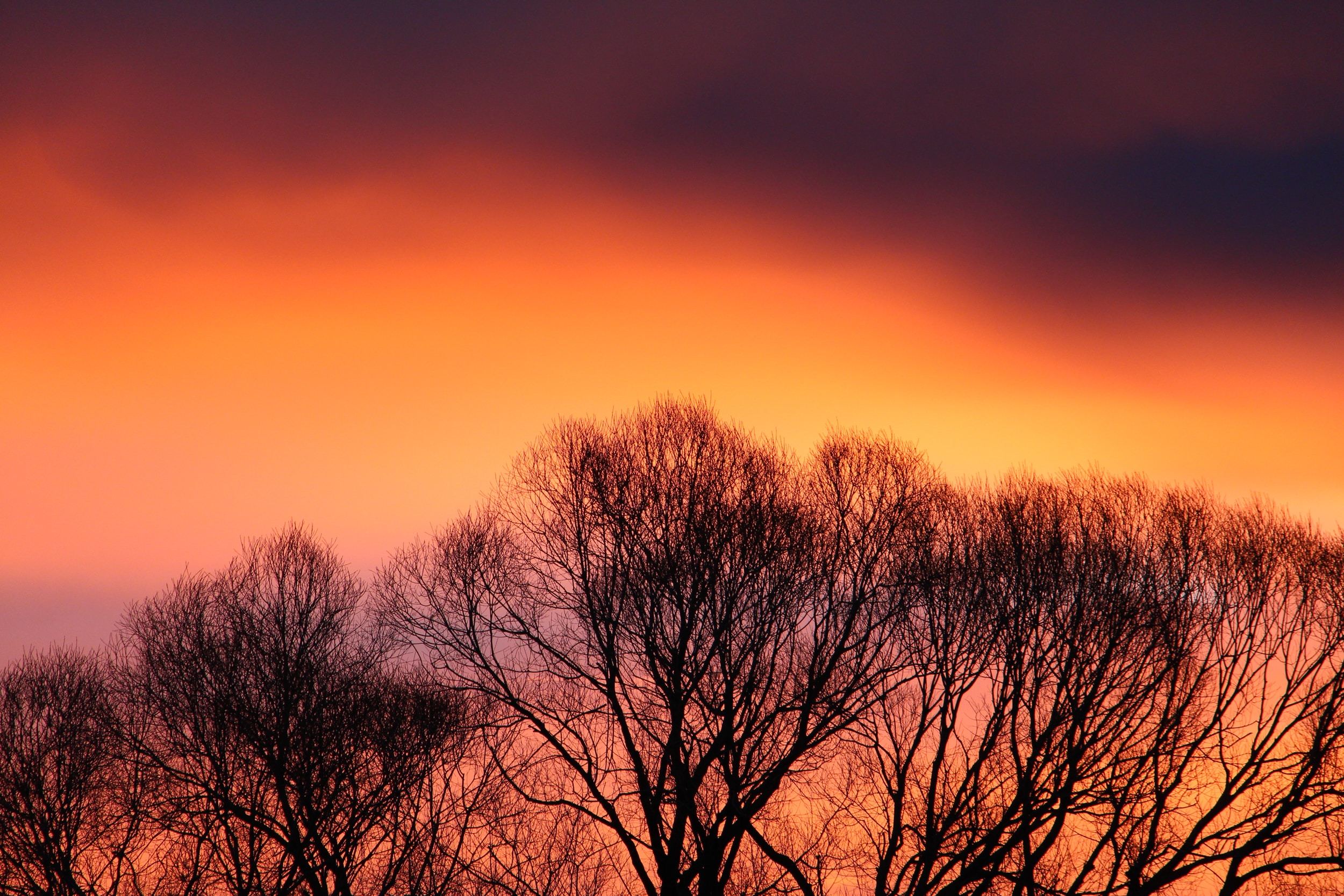
Edinburgh
Set on the southern shore of the Firth of Forth, Edinburgh has been the capital of Scotland since 1492.Edinburgh breathes still the spirit of its past and forever holds marks of its history, its streets running through town like scars of distant memories. The most significant maybe is the Royal Mile, which goes right through the Old Town and ends at The Palace of Holyroodhouse, once the home of Mary Queen of Scots and now the British Royal Family’s official Scottish residence.On both sides of this famous street, lays a unique combination of the cobbled streets and narrow lanes of the Old Town and the elegant Georgian grandeur of the neoclassic New Town - built when the Old Town became too putrid to be inhabited. This blend makes Edinburgh so peculiar and even described as one of the most beautiful cityscapes in the world. The Old and New Towns in Edinburgh become a UNESCO World Heritage Site in 1995
